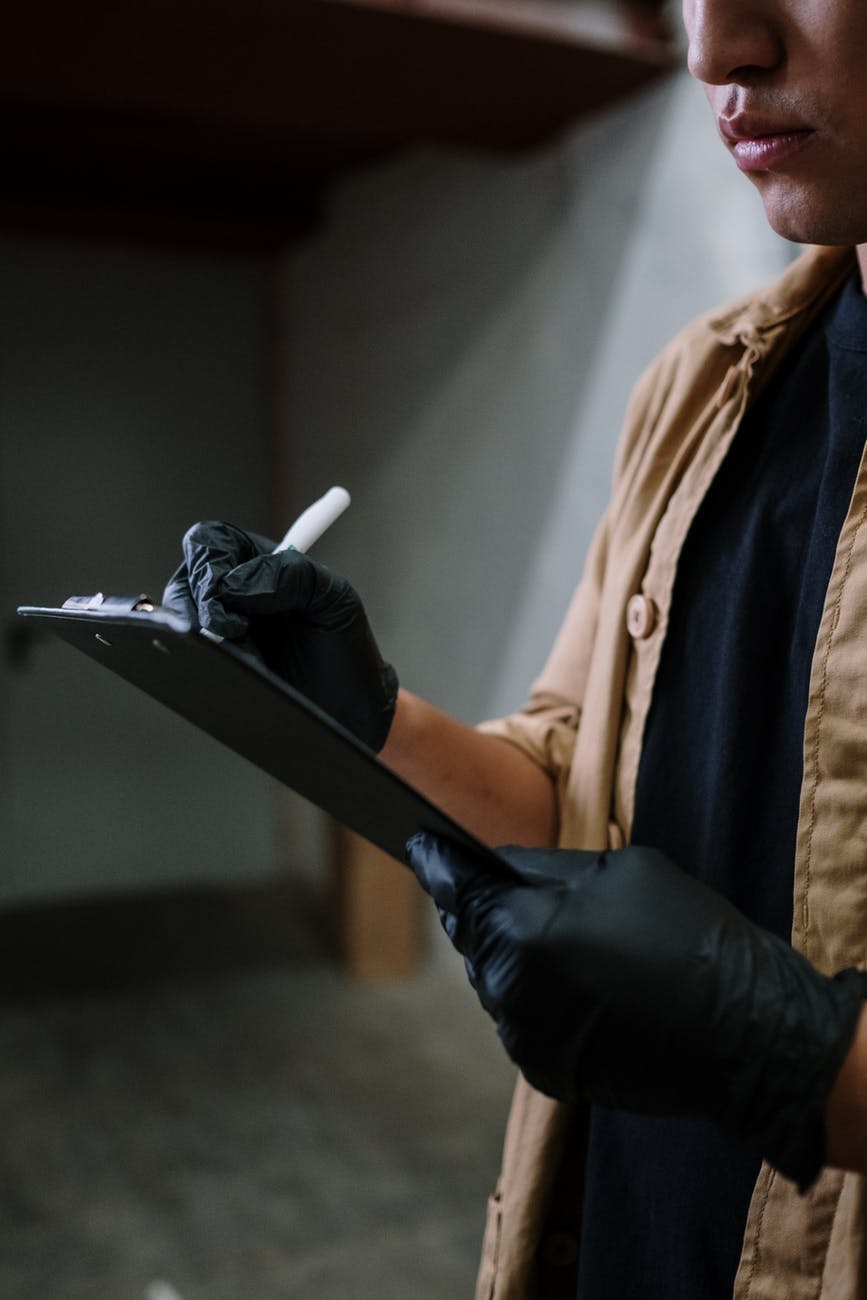Inspections and walk-downs play an important part in ensuring the safety of the construction process. The local building inspector can perform an inspection to make sure the project is being built to code. Quality control inspections take place to make sure work is being completed according to plans and specifications. Safety inspections and walk-down can be conducted by project management, an owner, or by walk-down teams consisting of supervisors, foremen, and craft workers. OSHA inspects workplaces for violations of safety standards. The inspection process provides an opportunity to evaluate and identify safe practices, effective processes, and areas that need improvement. There are many different ways to complete these inspections.
Inspectors may check on personal protective equipment, fall protection, electrical and environmental compliance, hazardous chemicals, trenching and excavation, ladders, scaffolding, confined spaces, lockout/tag-out procedures, cranes, heavy equipment, signs, signals, barricades, permits, steel erection, GFCIs, pre-task plans, and posting of emergency phone numbers. Would an inspector find problems in your work area?
When inspectors come to a job site, they will also be on the lookout for unsafe acts and practices. Are your work practices up to snuff? They may compliment you for doing a good job or challenge you for not following safe practices. The inspector might also ask to look at the tools, cords, and equipment you are using. Always be cooperative, honest, and polite. Follow any suggestions given by the inspector to correct the hazards found during the inspection. You may have to take immediate corrective measures to fix problems identified during the inspection. Don’t argue with the inspector. If you have questions or are unsure about any part of the safety inspection, ask the inspector or talk to your supervisor once the inspection is completed.
The purpose of safety inspections is to identify and remove any hazards that pose a threat to you and your co-workers. If safety is a part of your daily routine and you have participated in the required safety training, you should have nothing to worry about when an inspection occurs. If the person conducting the inspection asks you questions about safety procedures or emergency plans, you’ll be able to impress him with your knowledge and understanding. You should think about safety every day, whether there’s an inspection or not.
SAFETY REMINDER:
Safety is expected—even when your jobsite is not being inspected!


